Ortved Orthopedic Regenerative Medicine Lab
At the Ortved Laboratory, we are focused on understanding the pathogenesis of PTOA and developing regenerative medicine therapies to improve musculoskeletal healing using the horse as a model for human disease. Specifically, we are interested in gene, signal, and cell-based therapies to improve cartilage repair and prevent osteoarthritis. Dr. Ortved’s clinical work as an equine orthopedic surgeon facilitates translation of this research from bench to clinic floor.

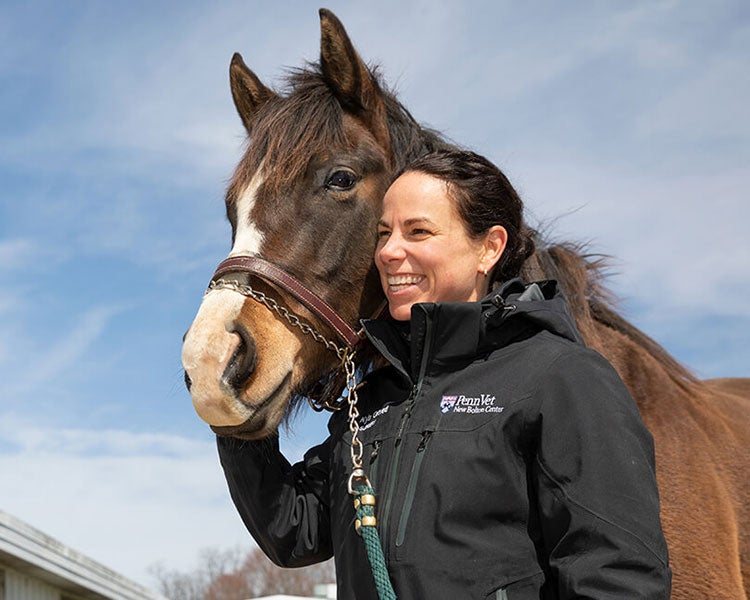
Our Research Techniques
Due to the many similarities in joint biomechanics and propensity for PTOA, our lab uses the horse as a large animal model for human joint disease. Our goal is to develop translational regenerative therapies that would benefit both the equine and human patient.
- To further elucidate the pathogenesis of post-traumatic osteoarthritis (PTOA).
- To improve cartilage repair using cell, signal and gene based therapies.
- To limit the long-term effects of joint trauma through immunomodulation of the joint using intra-articular biotherapeutics.
Publications
Barot D, Usimaki A, Linardi RL, Arensberg CM, Ortved KF*. Equine autologous blood-based products contain variable quantities of TGF-b1, IL-1Ra and alpha-2-macroglobulin. AJVR, 30:1-8, 2025.
Elkhenany HA, Linardi RL, OrtvedKF*. Differential modulation of inflammatory cytokines by recombinant IL-10 in IL-1β and TNF-α ̶ stimulated equine chondrocytes and synoviocytes: Impact of washing and timing on cytokine responses. BMC Vet Res, 20:546, 2024.
Usimaki A, Ciamillo SA, Barot D, Linardi RL, Engiles JB, Ortved KF*. Effect of intraarticular autologous protein solution in horses with acute IL-1b-induced synovitis. EVJ, online ahead of print, 2024.
Connard SS, Gaesser AM, Clarke EJ, Linardi RL, Even KM, Engiles JB, Peffers MJ, Koch DW, Ortved KF*. Plasma and synovial fluid extracellular vesicles display altered microRNA profiles in horses with naturally occurring post-traumatic osteoarthritis: an exploratory study. JAVMA, 262:S83-S96, 2024.
Gaesser AM, Usimaki A, Barot D, Linardi RL, Molugu S, Musante L, Ortved KF*. Equine mesenchymal stem cell-derived extracellular vesicle productivity but not overall yield is improved via 3-D culture with chemically defined media. JAVMA, 262:S97-S108 2024.
Ortved KF, Alward L, Cowles B, Linardi RL, Barot D, Usimaki A, Fedie J, Amodie D, Goodrich LR. Use of quantitative mass spectrometry-based proteomics and ELISA to compare the alpha 2 macroglobulin concentration in equine blood-based products processed by three different orthobiologic devices. Frontiers Veterinary Science, 11:1335972, 2024.
Ciamillo SA, Wulster KB, Gassert TM, Richardson DW, Brown KA, Stefanovski D, Ortved KF*. Prospective, longitudinal assessment of subchondral bone morphology and pathology using standing, cone-beam computed tomography (CBCT) in fetlock joints of 2-year-old Thoroughbred racehorses in their first year of training. Equine Vet J, 57: 126-139, 2024.
Administration and detection of gene therapy in horses: a systematic review. Haughan J, Ortved KF, Robinson MA. Drug Test Anal, 15:143-162, 2023.
Correlation of magnetic resonance imaging (MRI) and optical coherence tomography (OCT) with healing of cartilage defects implanted with chondrocytes overexpressing IGF-I. Ciamillo SA, Pownder SL, Potter HG, Stefanovski D, Nixon AJ, Ortved KF. Cartilage, online ahead of 2023.
Optics-free, in situ platform with graphene nanoislands for measuring interfacial swelling in cartilage. Sundar S, Linardi R, Gaesser A, Guo T, Ortved K, Engiles J, Parreno J, Dhong C. ACS Biomater Sci Eng, 9:1011-109, 2023.
Interobserver agreement of lateral and oblique radiography and standing cone beam CT of the caudal cervical articular process joints of horses. Brown KA, Davidson EJ, Johnson AL, Stefanovski D, Wulster KB, Ortved KF. Vet Radiol Ultrasound, online ahead of print, 2023.
Equine mesenchymal stem cell derived extracellular vesicle immunopathology biomarker discovery. Reynolds DE, Vallapureddy P, Morales RT, Oh D, Pan M, Chintapula U, Linardi RL, Gaesser AG, Ortved KF, Ko J. Journal of Extracellular Vesicles, in press, 2023.
A quantitative PCR screening method for adeno-associated viral vector 2-mediated gene doping. Jiang Z, Haughan J, Moss KL, Stefanovski D, Ortved KF, Robinson MA. Drug Test Anal, 14:963-972, 2022.
Comparative tribology II: Measurable biphasic tissue properties have predictable impacts on cartilage rehydration and lubricity. Kupratis ME, Gure AE, Benson JM, Ortved KF, Burris DL, Price C. Acta Biomaterialia, 138:375-389, 2022.
Computed tomographic assessment of fracture characteristics and subchondral bone injury in Thoroughbred racehorses with lateral condylar fractures and their relationship to outcome. Cianci JM, Wulster KB, Richardson DW, Stefanovski D, Ortved KF. Vet Surg, 51:426-437, 2022.
Comparing the immunomodulatory properties of equine BM-MSCs culture expanded in autologous platelet lysate, pooled platelet lysate, equine serum and fetal bovine serum supplemented culture media. Even KM, Gaesser AM, Ciamillo SA, Linardi RL, Ortved KF. Frontiers Vet Sci, 9:958724, 2022.
Lubricant effects on articular cartilage sliding biomechanics under physiological fluid load support. Farnham M, Ortved KF, Homer JS, Wagner NJ, Burris DL, Price C. Tribology Letters, 2021.
Articular cartilage friction, strain, and viability under physiological to pathological benchtop sliding conditions. Farnham M, Ortved KF, Burris DL, Price C. Cellular and Molecular Bioengineering, 14:349-363, 2021.
Effects of continuous passage on the immunomodulatory properties of equine bone marrow-derived mesenchymal stem cells in vitro. Connard SS, Linardi RL, Even KM, Berglund AK, Schnabel LV, Ortved KF. Vet Immunol Immunopathol, 234:110203, 2021.
Investigation of the effects of AAV-mediated overexpression of IL-10 on the immunomodulatory properties of equine BM-MSCs. Cameron AD, Even KM, Linardi RL, Berglund AK, Schnabel LV, Engiles JE, Ortved KF. Human Gene Therapy, 2021.
Evaluation of autologous protein solution injection for treatment of superficial digital flexor tendonitis in an equine model. Gaesser AM, Underwood C, Even KM, Linardi RL, Reef VB, Engiles JE, Ortved KF. Frontiers Vet Regen Med, 2021.
Sustained interleukin-10 transgene expression following intraarticular AAV5-IL-10 administration to horses. Moss KL, Jiang Z, Linardi RL, Gale AL, Dodson ME, Grzybowski C, Haughan J, Robinson M, Ortved KF. Human Gene Therapy, 31:110-118, 2020.
The effect of autologous platelet lysate on the differentiation potential of equine bone marrow-derived mesenchymal stem cells. Chapman HS, Gale AL, Dodson ME, Linardi RL,Ortved KF. Stem Cells Dev, 29:144-155, 2020.
Inflammatory cytokines in horses with cervical articular process joint osteoarthritis on standing cone beam computed tomography. Brown KA, Davidson EJ, Johnson A, Wulster KB, Ortved KF. EVJ, 2020.
Detection of intra-articular gene therapy in horses using quantitative real time PCR in synovial fluid and plasma. Haughan J, Jiang Z, Stefanovski D, Moss KL, Ortved KF, Robinson MA. Drug Testing and Analysis, 2020.
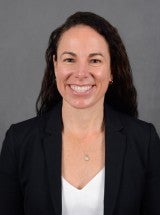
Director, Ortved Orthopedic Regenerative Medicine Laboratory
Kyla Ortved, DVM, PhD, DACVS, DACVSMR
Associate Professor of Large Animal Surgery
Interested in Working With Us?
We are always seeking highly motivated students and post-doctoral fellows with an interest in:
- Cartilage biology
- Orthopedic research
- Joint disease
- Stem cell therapy
- Gene therapy
- Regenerative medicine
Find Us
University of Pennsylvania
School of Veterinary Medicine
New Bolton Center
382 W. Street Road
Kennett Square, PA
19348
Our Team
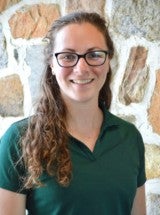
Justine Cianci, VMD
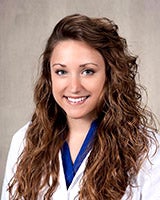
Angela Gaesser, DVM, DACVS

Miriam García Collao, DVM
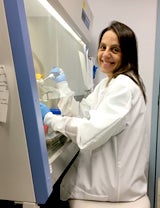
Renata Linardi, DVM, PhD
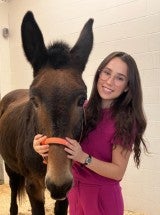
Luma Max, DVM
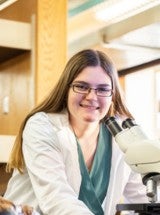
Sarah Struble
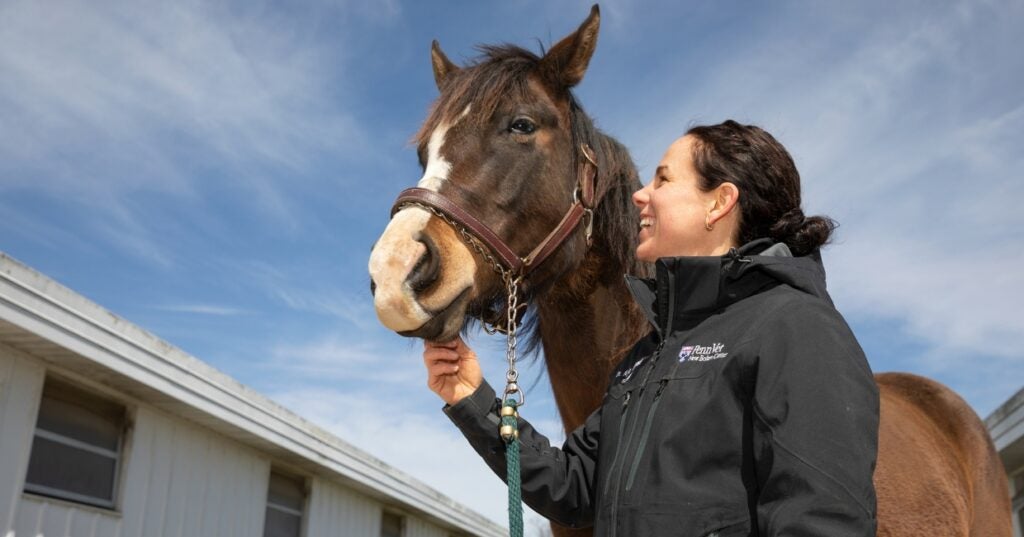
Penn Vet Equine Orthopedic Surgeon Awarded Grant For Research to Restore Joint Health in Horses
The Jacques Jenny Endowed Chair in Orthopedic Surgery and Associate Professor of Large Animal Surgery, Kyla Ortved, DVM, PhD, DACVS, DACVSMR, at the University of Pennsylvania’s School of Veterinary Medicine…
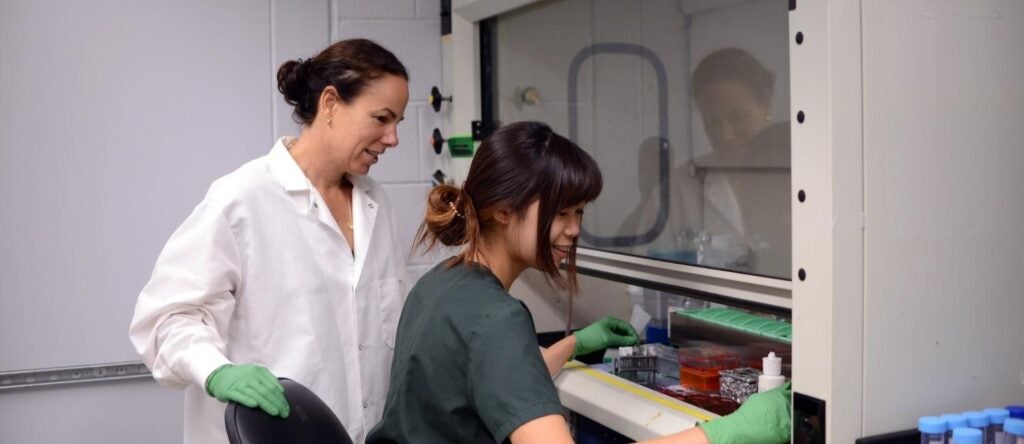
A summer researching equine osteoarthritis and a potential treatment (link is external)
Through the Penn Undergraduate Research Mentoring Program, rising second-year Sidney Wong has conducted research in the lab of Kyla Ortved at Penn Vet.
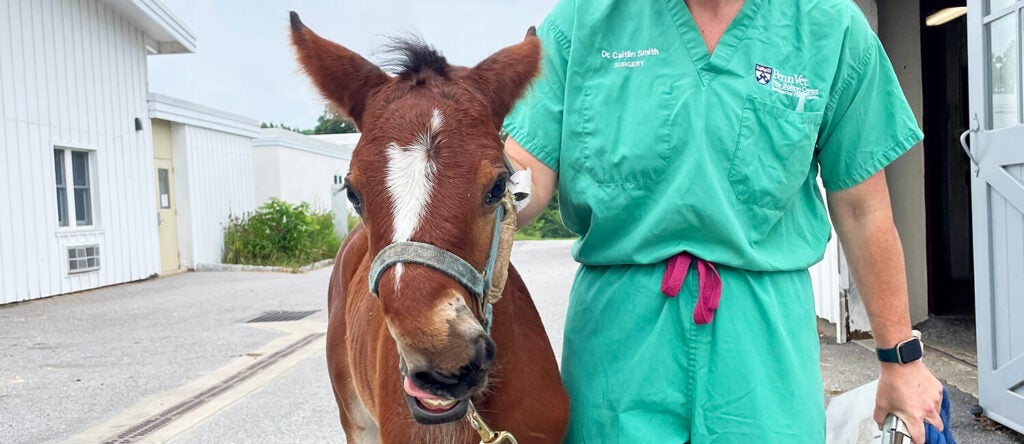
Wry Not’s Triumph Over a Twisted Fate
A filly born with a rare deformity fights her way to health and into the hearts of New Bolton Center’s care team.
